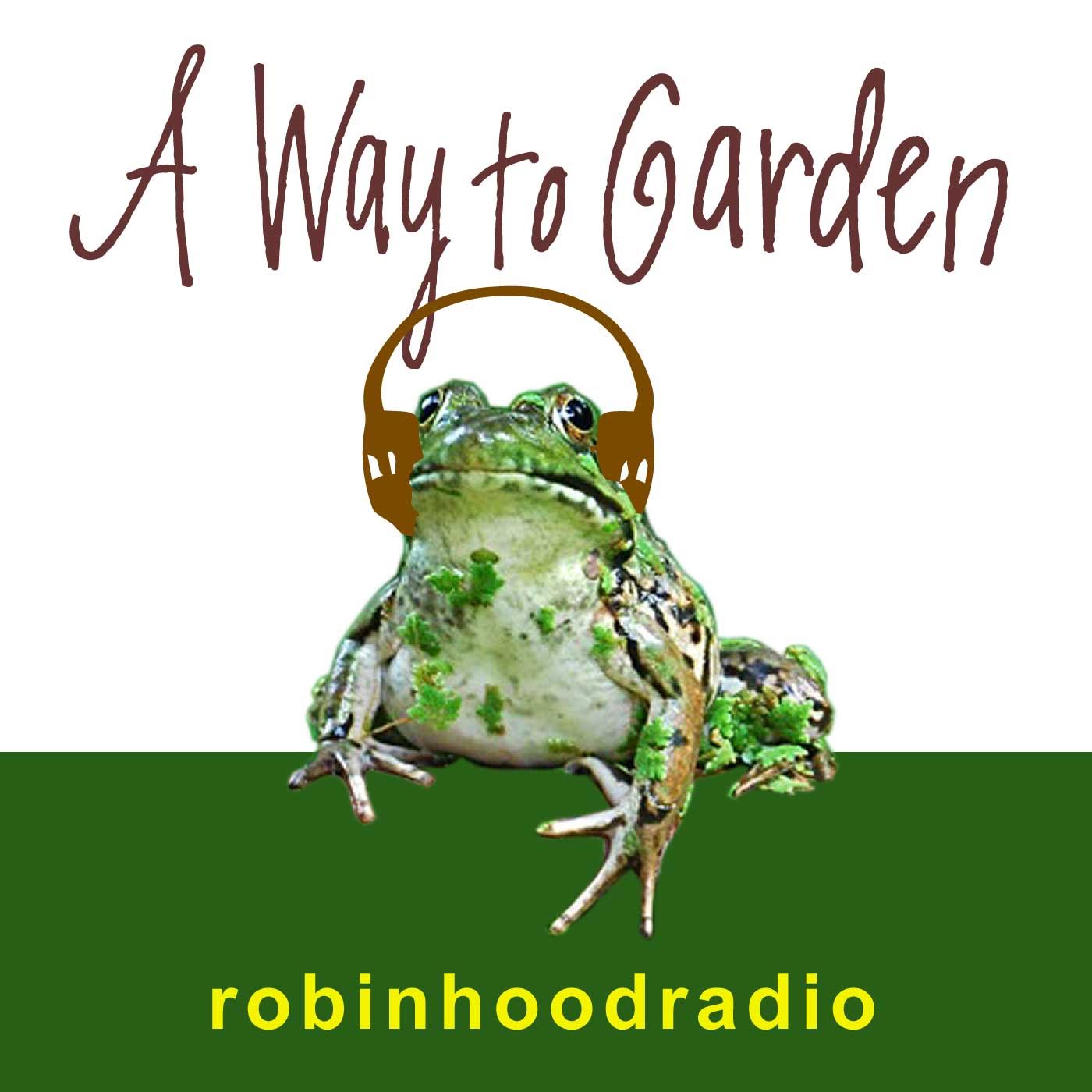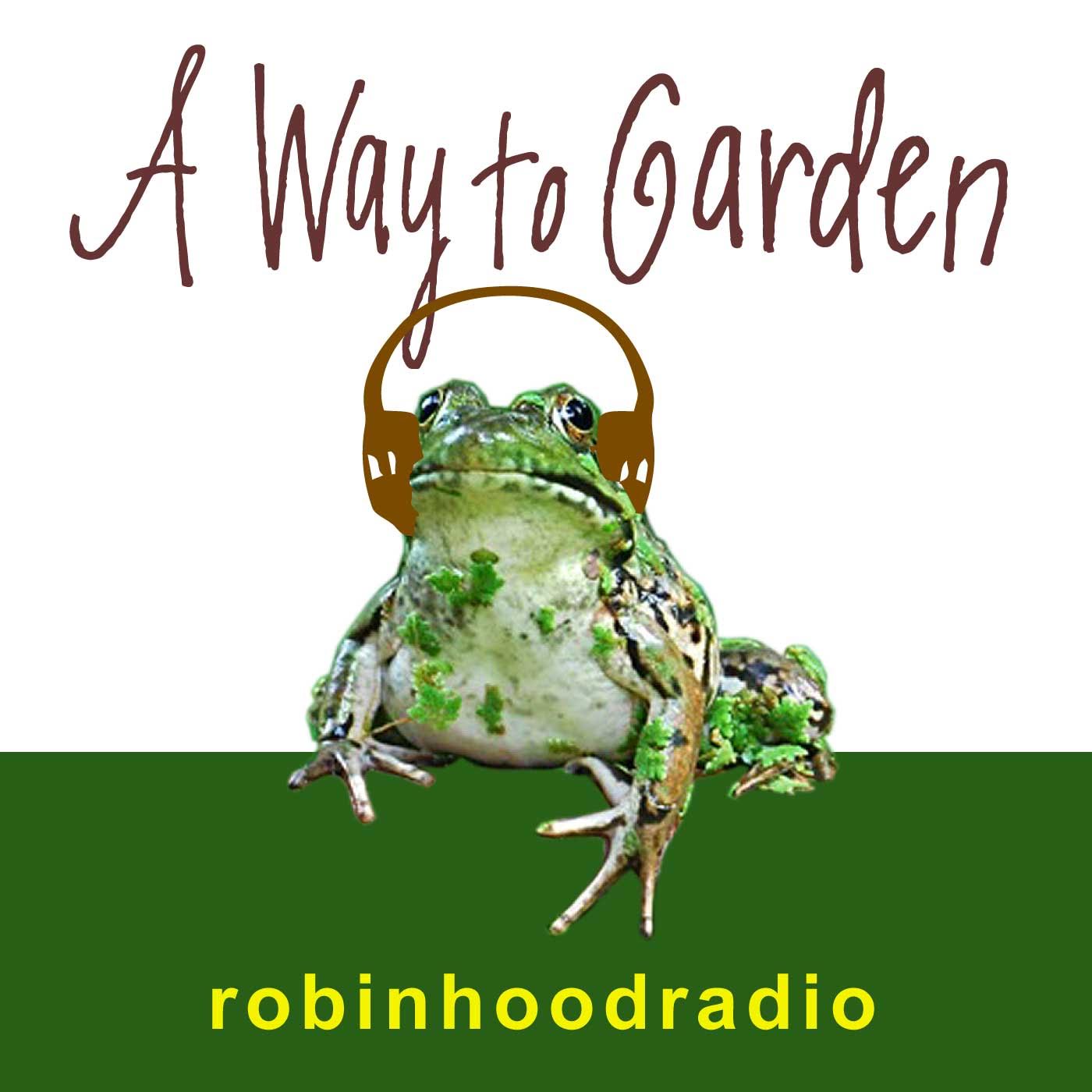Any gardener shopping at a local nursery or paging through perennial plant catalogs can’t help but notice there are a lot of Echinacea, or coneflowers, on the market—more every year, including in unexpected colors and some with extra-showy double flowers.

But how good are all these new cultivars as garden plants? And maybe more important, how good are they at supporting pollinators? The native plant experts at Mt. Cuba Center in Delaware have just released a report on the results of a multi-year trial of Echinacea, and their insights are our topic today.

Today’s guest, Sam Hoadley, is manager of horticultural research at Mt. Cuba Center, a longtime native plant garden and research site, where he trialed 75 different Echinacea. Before joining Mt. Cuba, Sam was lead horticulturist for Longwood Gardens Hillside Garden, and he received his degree in sustainable landscape horticulture from University of Vermont.

Share this:TwitterFacebookEmailLike this:Like Loading...

While researching a story about the endangered status of native trillium in North America recently, I was happy to meet today’s guest, botanist Wesley...

Today’s guest answers even more Urgent Garden Questions each year than I do, in her role as plant clinic manager at The Morton Arboretum...